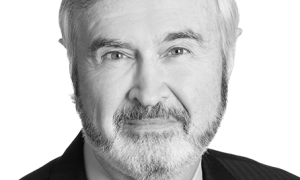*Note: This piece is part of a larger article with contributions from several different policy experts.
There is no question that the future of the supreme court is on the ballot. In recent years, the court has been closely divided on a number of contentious issues: the first and second amendments (Citizens United, Heller); religious liberty (Hobby Lobby); voting rights (Crawford); racial preferences (Fisher I); same-sex marriage (Obergefell); and the death penalty (Glossip), among others.
With the exception of Obergefell, the late justice Antonin Scalia cast a pivotal vote with the majority in each of these cases. The stakes are therefore quite high in terms of who will fill his seat. Beyond that, three other justices – Ginsburg, Kennedy and Breyer – have already surpassed the average life expectancy for men and women in this country. Additional vacancies are thus likely to occur over the next four to eight years.
And who sits in the Oval Office makes a big difference. Ronald Reagan looked for judges who would “protect the integrity of the constitution, not … add to it or subtract from it – certainly not … rewrite it”. Barack Obama views the “quality of empathy, of understanding and identifying with people’s hopes and struggles as an essential ingredient for arriving at just decisions and outcomes”.
As the former attorney general Ed Meese stated: “No president exercises any power more far-reaching, more likely to influence his legacy, than the selection of federal judges.”
This piece first appeared in The Guardian.




